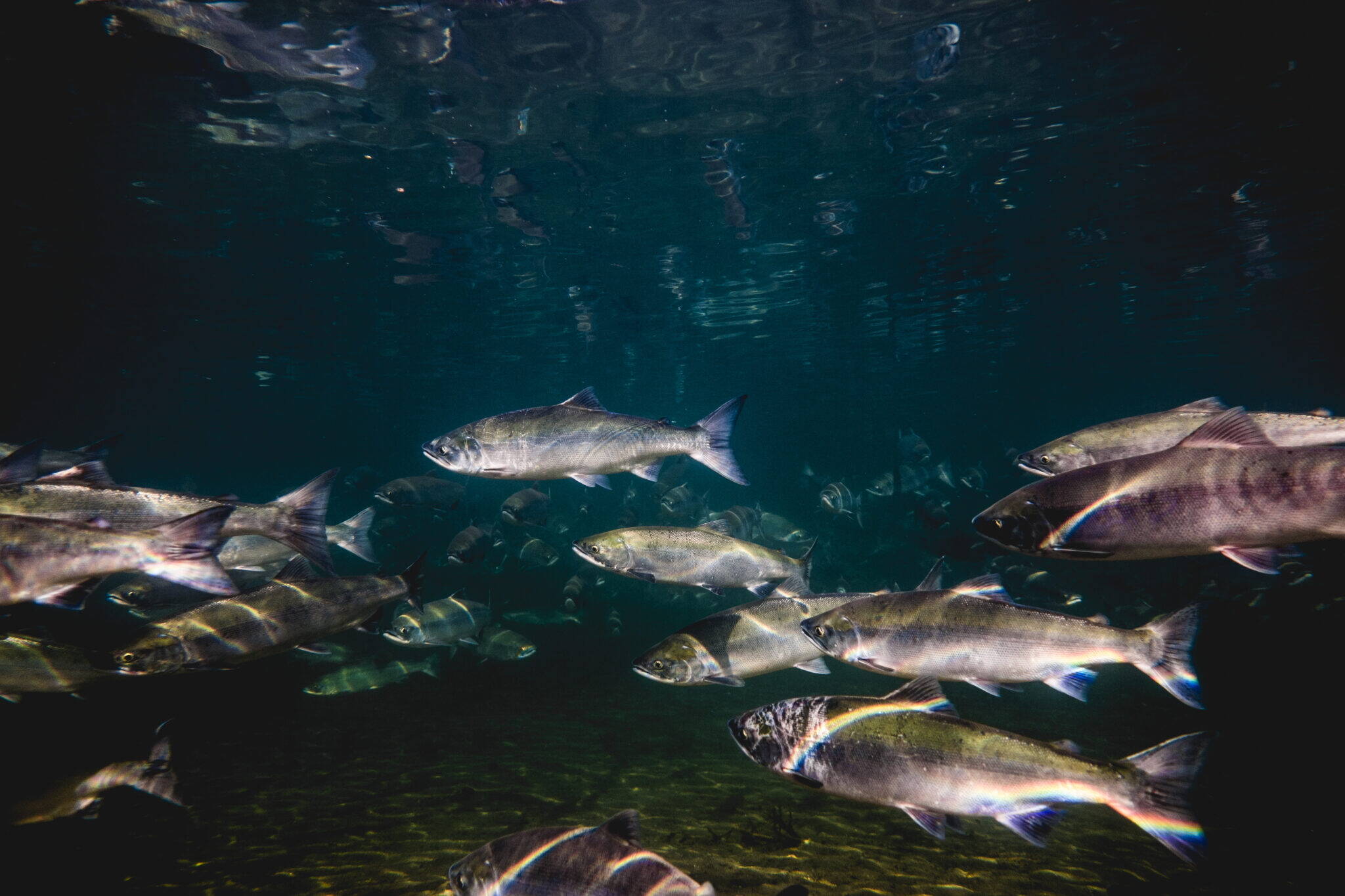The U.S. Department of Agriculture will purchase about 50 million pounds of Alaska seafood to use in national food and nutrition-assistance programs, state officials said on Tuesday.
The seafood purchase is to benefit needy children and adults and school lunches, said the Alaska Seafood Marketing Institute, which announced the department’s plans. The purchases are authorized through a portion of federal law called Section 32, which allows the department to buy surplus food products, and through the department’s Commodity Credit Corp., a government entity created to help stabilize agricultural income and prices.
In all, the Department of Agriculture has put bids on 1.4 million cases of pink salmon, 300,000 cases of sockeye salmon and 15 million pounds of pollock fish sticks and fillets, the Alaska Seafood Marketing Institute said. Each case of salmon holds 24 cans, with most cans holding 14.75 ounces but some holding 7.5 ounces.
It is a big purchase. In comparison, the USDA last year made purchases from Alaska of 3.7 million pounds of sockeye salmon, 47,000 cases of pink salmon and about 2.2 million pounds of pollock in combined transactions from May to July, according to ASMI. The USDA last year also bought $8 million worth of rockfish from Alaska and the West Coast, according to AMSI.
The purchase is likely timely.
Alaska’s industry is coping with a worldwide glut that has driven down prices and made sales much more difficult, ASMI Executive Director Jeremy Woodrow said in a presentation Tuesday at the Capitol.
“Due to inflation, really globally, consumer demand for seafood is incredibly low right now and our inventories are historically high. We aren’t able to push as much product through, so you get that supply and demand crunch,” Woodrow said during a “Lunch and Learn” session.
That leads to lower prices to fishers and processors, he said.
“So we’re in an incredible economic crunch that we haven’t seen for decades right now, where we’re looking at severe economic impacts,” he said.
• Yereth Rosen came to Alaska in 1987 to work for the Anchorage Times. She has reported for Reuters, for the Alaska Dispatch News, for Arctic Today and for other organizations. She covers environmental issues, energy, climate change, natural resources, economic and business news, health, science and Arctic concerns. This story originally appeared at alaskabeacon.com. Alaska Beacon, an affiliate of States Newsroom, is an independent, nonpartisan news organization focused on connecting Alaskans to their state government.

